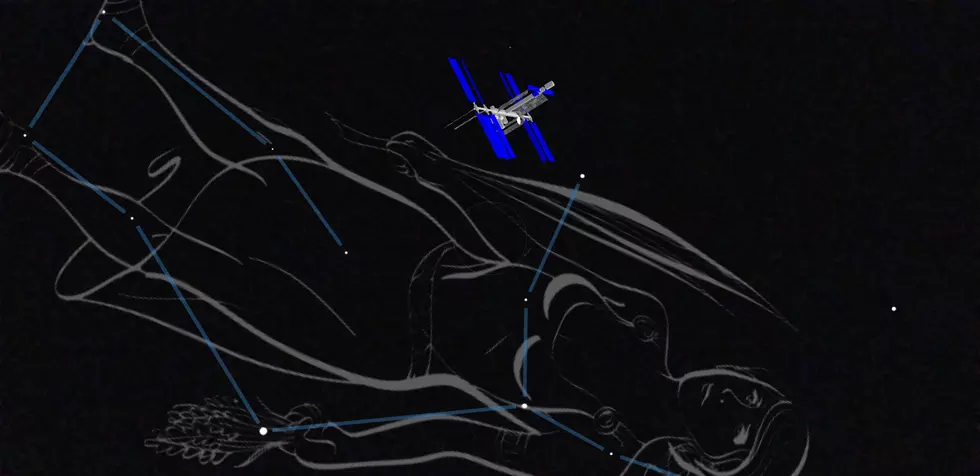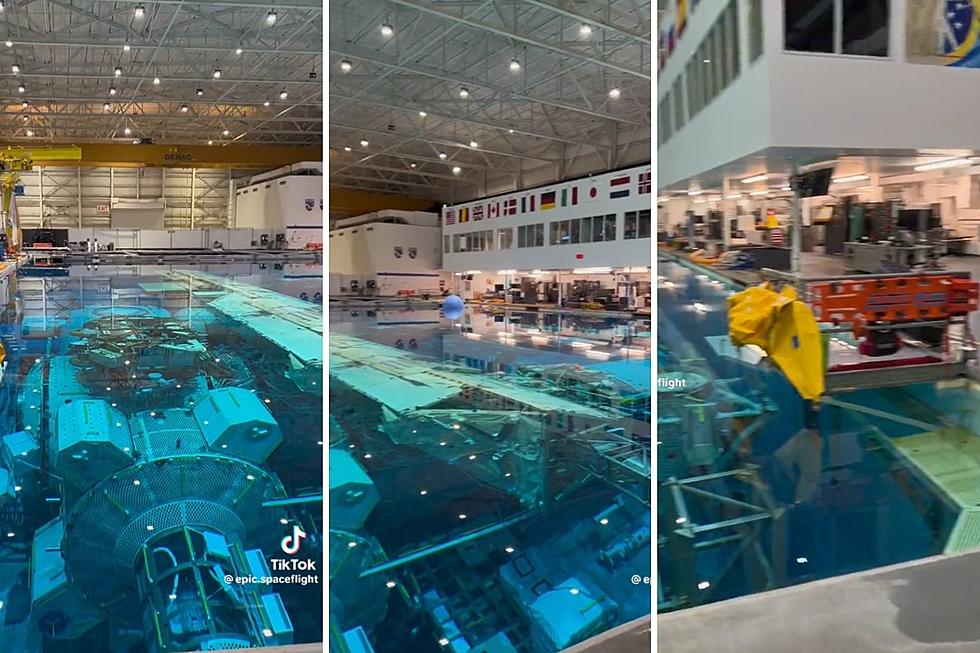
ISS Visible In Night Sky Next Few Nights – How To See It
Where were you on July 20th, 1969? If you weren't born yet, ask someone who was, I bet they can tell you they were watching the first men from Earth to set foot on the Moon.
We've been celebrating the 50th Anniversary of the Apollo 11 Moon Landing all week and like so many others I've been caught up in the television specials and NASA Twitter feeds of the launch minute by minute 50 years later.
But the moon landing isn't the only time man has ventured into space and I was excited to learn that the International Space Station's orbit takes it over our area the next few nights. I tried to watch it last night but there was too much illumination coming from my neighbor's yard lights. Fortunately, we actually have a window of time with several opportunities to see the ISS fly by between now and July 28th so I'll have a few more chances to find a better place to watch from.
To know when and where to look I plugged my location as Wichita Falls into a website called Heavens-Above.com. They have tons of information about the ISS and other satellites in Earth orbit along with star charts to help you find things. When you're on their site and looking at the Visible Passes chart you can click on the date column and you'll actually get a map of exactly when and where to look to see the ISS. The map for tonight (07.19.19) looks like this.
As you can see, the ISS moves pretty quickly across our sky. In fact the International Space Station is moving at about 4.76 miles per second. That's 285 miles each minute, and about 17,136 miles each hour!
On a whim, I opened the Sky View app on my phone and was delighted to learn that it shows the position and trajectory of the ISS. Since it looks very much like a star, but with noticeable motion, having an app to assist you in locating it is a huge help.
The ISS was launched in 1998 and has been continuously occupied ever since. Every now and then the astronauts capture amazing images of earth from 250 miles up.
Back to the Apollo 11 landing, the lunar module set down in the Sea of Tranquility at 20:17 UTC, or 3:17p.m. Wichita Falls time, on the 20th of July, 1969. The landing didn't go quite as planned as the original location proved to be too rough and rocky and the astronauts had to find a new spot before their fuel ran out. Fortunately they did and the world has been a smaller place ever since.
If you can find a place away from city lights with a good, unobstructed view of the incredible night sky over the next few nights, you just might be able to see the International Space Station sailing by. When you do, consider the fact that there are people in that little speck of light and they just might be looking down at you so give them a wave.




